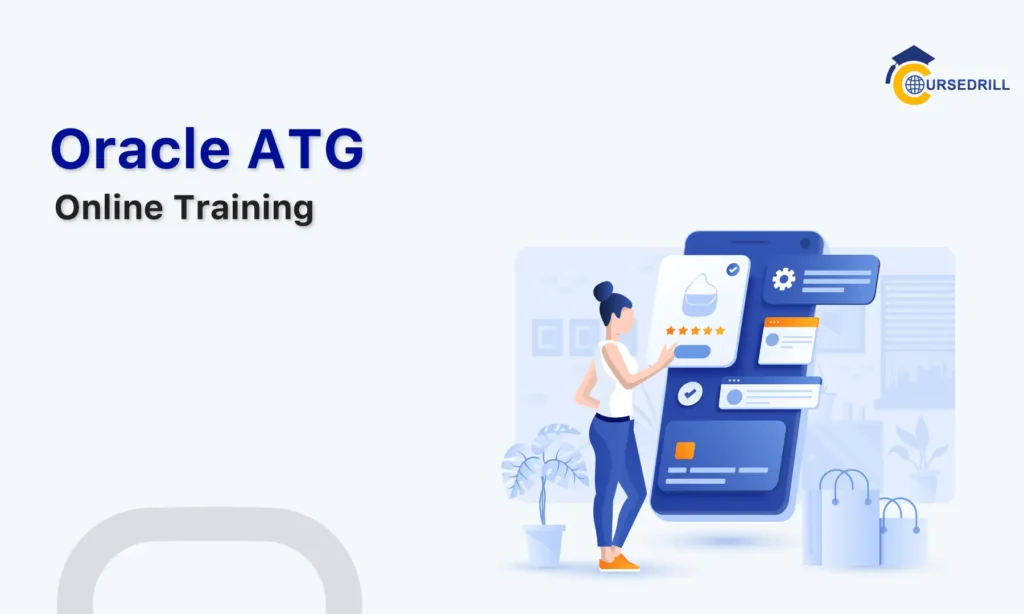- Posted on
- admin
- No Comments
The Key Advantages of Manual Testing in Software Development
After developing the product/component, we have to inspect and analyse its characteristics and how the product is working. We have to evaluate the component for potential bugs and errors so then the product is delivered to the market and ready for usage. Software testing can be done in two ways: manual and automated. In this article, let’s discuss what manual testing is and the advantages of Manual Testing.
What is Manual Testing?
Just as the name says, manual testing is a procedure to test applications manually. Testers execute the test scenarios/cases one by one manually without using any external tools, and they verify the results.
In simple words, manual testing is where we compare a piece of software with the predefined, expected behavior set during the initial stage of SDLC.
Types of Manual Testing
Following are the different type of manual testing:
- Smoke Testing
- Cross Browser Testing
- Acceptance Testing
- Beta Testing
- Exploratory Testing
- Negative Testing
- Usability Testing
Interested to begin your career in Manual Testing? Enrol now for the
Manual Testing Course. Click to check out the course curriculum.
Process of Performing Manual Testing
Manual testing is a crucial phase in the software development lifecycle, where testers execute test cases manually to identify defects and ensure the application meets specified requirements. The process typically involves several key steps:
Requirement Analysis: The first step is to thoroughly understand the software requirements, specifications, and functionality. Testers collaborate with stakeholders to clarify requirements, which helps in creating relevant test cases. This step ensures that the testing aligns with the intended use of the software.
Test Planning: In this phase, a test plan is developed, outlining the scope, approach, resources, and schedule for testing activities. This plan includes identifying the types of testing to be performed (e.g., functional, regression, usability) and the testing environment. The test plan serves as a guide for the entire testing process.
Test Case Design: Testers create detailed test cases that define the input data, execution steps, and expected outcomes. Each test case should be clear, concise, and traceable to specific requirements. This documentation serves as a foundation for executing tests and validating software functionality.
Test Environment Setup: Before executing tests, a testing environment that mimics the production environment is prepared. This includes setting up hardware, software, and network configurations necessary to conduct the tests effectively.
Test Execution: Testers execute the test cases manually, following the defined steps and recording the outcomes. They monitor the application for any unexpected behavior, comparing actual results against expected results. Any defects identified during this phase are documented with detailed information to facilitate later investigation.
Defect Reporting: When testers encounter defects, they log them in a defect tracking system, providing details such as severity, steps to reproduce, and screenshots if applicable. Effective communication with developers is essential to ensure defects are understood and prioritized for resolution.
Retesting and Regression Testing: Once developers fix the identified defects, testers perform retesting to verify that the issues have been resolved. Additionally, regression testing is conducted to ensure that recent changes haven’t introduced new defects in other areas of the application.
Test Closure: After all testing activities are completed, a test closure report is prepared. This report summarizes the testing process, including test execution results, defect metrics, and any lessons learned. The closure report helps stakeholders understand the quality of the software and informs decisions for future releases.
Top 8 Advantages of Manual Testing
1. Manual Testing is consistent with life testing:
Manual testing attempts to use the product within real-time, mirroring the specific environment within which the application will be used. As a result, preventative detection of potential bugs or defects can be recognized before the client originating the application.
2. Cost-effectiveness:
When it comes to additional device usage, the manual testing process preserves resources. Also, certifications, no prerequisites, or perception applies to the candidate(s) engaged in performing the inspection– anyone can do it. Friends and colleagues, for example, could be assigned to conduct quality checks.
3. Exhaustive plan audit:
Obviously, an automated system can not contribute criticism concerning the application’s look and feel, unlike a cognitive, real-life view. Honest feedback by the individual about the physical features of the application is usually accurate and insightful.
4. Expanded adaptability:
Including manual testing, there is the flexibility benefit where modifications can be done expeditiously and on the go.
5. Don’t need knowledge of programming language:
Learning new programming languages is always a big problem in the industries, but if we use black-box testing, you don’t need any programming language.
7. Quickly fixes bugs:
Unlike automation testing, we can quickly fix the bugs in the application because instead of changing the entire code, we can fix only the affected part of the code.
8. Adaptable:
It is well-suited in case if we want to make some unplanned changes to the application as it is adaptable.
Summarised points
- Manual testing is a time-taking process as every test must be done manually.
- The accuracy result is very low.
- Less expensive when compared to automated testing.
- Less reliable.
- We do not need programming knowledge.
- The tester can perceive the application through testing, making the user-friendliness considerably.
Author Bio
Popular Courses



